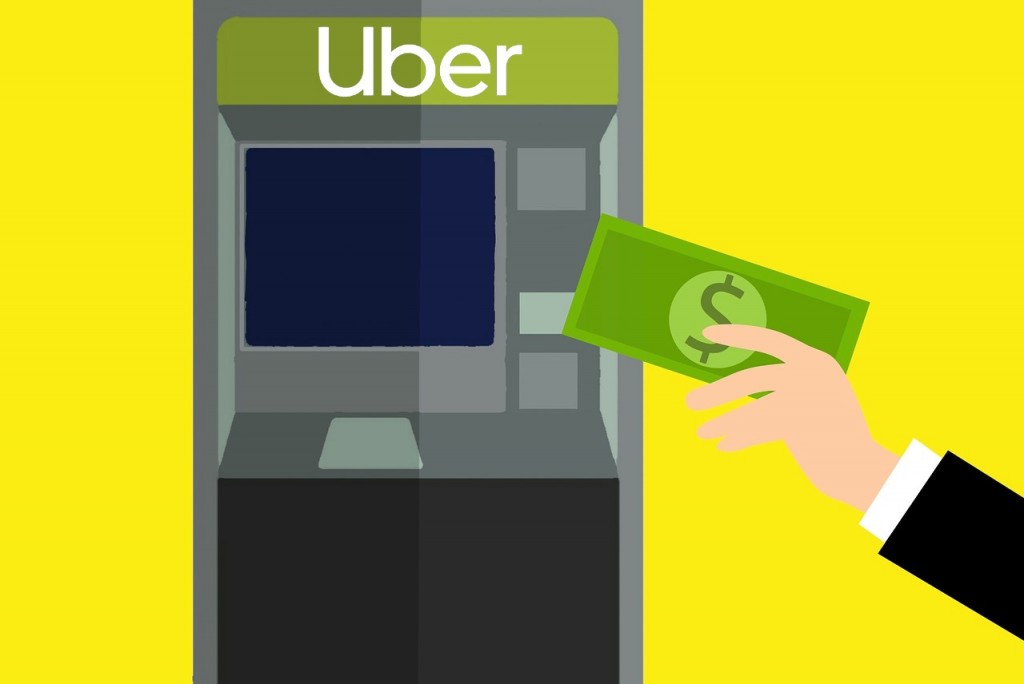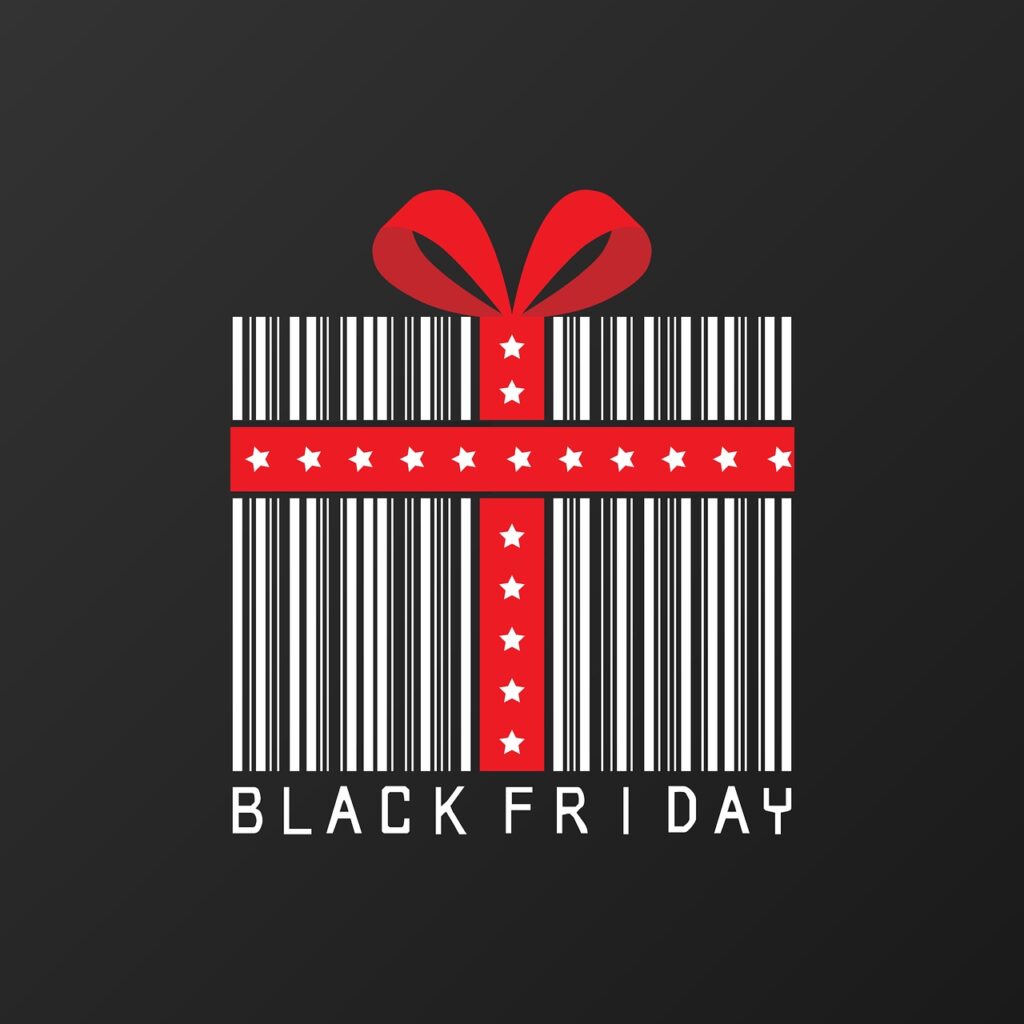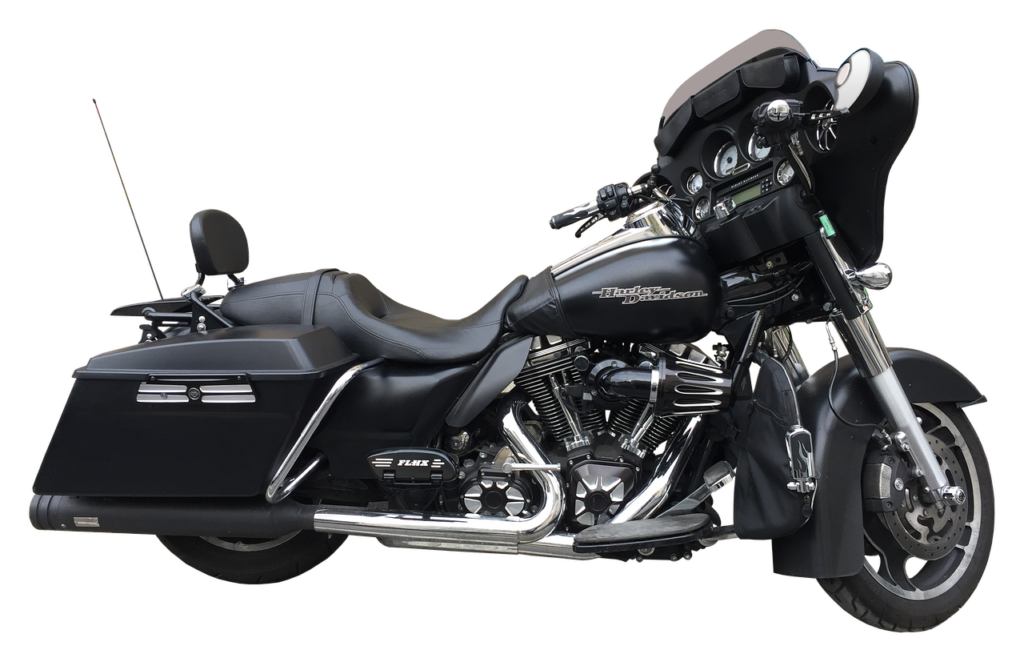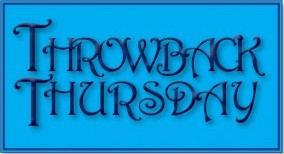

While regulators circle Facebook, Libra adds insult to injury.
Right now isn’t the best time to be Facebook. I shall defer to the New York Times to sum up the social media giant’s current regulatory woes:
The Federal Trade Commission and more than 40 states accused Facebook on Wednesday of buying up its rivals to illegally squash competition, and they called for the deals to be unwound, escalating regulators’ battle against the biggest tech companies in a way that could remake the social media industry.
Federal and state regulators … said in separate lawsuits that Facebook’s purchases, especially Instagram for $1 billion in 2012 and WhatsApp for $19 billion two years later, eliminated competition that could have one day challenged the company’s dominance.
Since those deals, Instagram and WhatsApp have skyrocketed in popularity, giving Facebook control over three of the world’s most popular social media and messaging apps. The applications have helped catapult Facebook from a company started in a college dorm room 16 years ago to an internet powerhouse valued at more than $800 billion.
It’s a curious move under an administration that touts its track record of lifting, not imposing, regulations. One could be forgiven for wondering if the hubbub has anything to do with accusations that Facebook and other social media giants suppress conservative voices, an easily disproved claim, and might be an attempt at some sort of punishment.
To add insult to injury, the cryptocurrency association that Facebook launched is going to change its name from “Libra” to “Diem” in an attempt to distance itself from Facebook.
This, too, is curious, since “Libra” was already a far cry from “Facebook.” Sure, both have two syllables, but they don’t even rhyme.
According to Finextra,
The Libra Association has hailed a “new day” for the Facebook-backed cryptocurrency project, rebranding as Diem in an attempt to stress its independence as it seeks regulatory approval for a 2021 launch.
Finextra did well to put “new day” in quotes. “New name” is more like it. True enough, “rebrand” is often flung around these days in ways that all but rob it of meaning. A marketer may trot out a new logo, perhaps with a new font and color scheme, and call it a “rebrand.” Or the marketer might trot out a new name and call that a “rebrand.” But consider what a brand truly is: a consistent experience. A McDonald’s franchisor could take a store and change every “McDonald’s” to “Phillippe’s,” replace every golden arch with a large P, and cart off every Ronald McDonald image—and you’d still know you were inside a McDonald’s. That’s because the McDonald’s brand is the totality of the experience it delivers—location, layout, facilities, Playland, menu items, flavors, warming lamps, furnishings, a RedBox sitting just outside the front door, and prompt albeit often bland service.
A name change to stem negative feelings toward a brand is like changing your hat to make people who don’t like you reconsider. The Libra-to-Diem switch is less of a rebrand and more of a statement, said statement being, “Hey, everyone, we’re not Facebook. Honest we’re not.”
Which in and of itself may well prove helpful. But it would be a mistake to count on the name change to convince regulators. The part about being independent of Facebook is where the PR emphasis needs to go. But it’s going to need some solid evidence behind it, which a name change isn’t.
From the get-go, Facebook’s relationship with its cryptocurrency offspring hasn’t been terribly smooth. A number of Libra partners had already bailed a little over a year ago. CNN reported at the time,
Mastercard (MA), eBay (EBAY), Visa (V) and Stripe, a payments platform, all confirmed on Friday that they would not be members of the governance organization for the Libra cryptocurrency developed by Facebook. PayPal said last week it would pull out of the organization. The firms were part of a group of more than two dozen nonprofits and companies originally listed as “founding members” of the Libra Association, which is intended to to be an independent overseer of the cryptocurrency.
Meanwhile, so much as a single unit of Libra, er, Diem has yet to move from the drawing board to the virtual wallet. Whether the name change heralds a new day or just a new hat may in the long run yet prove moot.
Dec 20
10
TBT: These days, who isn’t playing bank?
It was a dreadful advertising campaign. I figure it’s safe to say that now, since the bank in question has long since been acquired by another bank, which was in turn acquired by another bank, and that one by another, and so forth.

The tagline was “We want to be your bank.” They even set it to music, repeating the strain ad nauseam during commercials. Yet even if you liked the ditty, which is unimaginable, “We want to be your bank” gets the marketing backwards. Markets don’t give a hoot what you or I want. It’s our job to give a hoot about and deliver what they want.
So when I saw a PYMTS.com headline that said, “Uber Money Wants To Be The Bank Account For Uber Drivers,” I wondered if déjà vu was rearing its head. I was relieved to see that that’s PYMTS.com’s claim, not Uber’s. Uber is getting its marketing right: It gives a hoot about what its drivers want, and is now delivering it. And what Uber drivers want, in fact, is what all gig workers want: prompt payment.
Which shouldn’t surprise. No one signs up to be an Uber driver with delusions of attaining riches. As CNBC reported, by and large the goal is to make ends meet. In that scenario, waiting weeks for pay can be counterproductive.
Another reason it shouldn’t surprise is that, per TechCrunch, …
… Uber has long been at odds with its drivers when it comes to pay. The last several years have been filled with lawsuits, protests and a legislative win for workers in California regarding how Uber classifies its drivers.
Perhaps that’s why the company launched Uber Money, of which, according to Uber Newsroom, real-time earnings is a key feature:
Instead of waiting for weekly payments or cashing out through Instant Pay, drivers and couriers will have real-time access to their earnings after every trip through the Uber Debit account.
As you may have inferred from the words “through the Uber Debit account,” Uber Money comes with an Uber Debit account. It also comes with an Uber credit card, Uber Cash, and Uber Pay—all conveniently wrapped up in a product they’re calling Uber Wallet.
These days it’s almost trite to observe the number of tech companies starting to play bank. Perhaps you have heard of Facebook, Google, Apple, IBM, and more.
As gig apps go, Uber’s stab at becoming banklike isn’t particularly unique; it’s just the latest to make headlines. Every gig app, from Airbnb to Wag! to DoorDash is arguably playing bank by virtue of collecting and distributing funds. Yet jumping on the bankwagon isn’t as simple as it may sound, as a number of non banks learned the hard way. The Financial Brand’s Jim Marous observed:
Despite the successes of many of these platforms, success is far from guaranteed. For instance, while Amazon and Airbnb have achieved extraordinary success with their platform strategies, Uber has been challenged to make money to date. Some of the reasons platform strategies can fail include: Getting the pricing wrong … Not establishing trust … Being late to the market … [and] Building platforms in low margin businesses.
Banks have long faced threats from Non-Banking Finance Companies (NBFCs), under which Investopedia lumps “insurance companies, money market funds, asset managers, hedge funds, private equity firms, mobile payment systems, micro-lenders, and peer-to-peer lenders.” The thin line separating NBFCs from banks is the former’s inability to offer demand accounts. Still, NBFCs quack a lot like banks, which has not a few bankers concerned, for NBFCs “are not subject to the banking regulations and oversight by federal and state authorities adhered to by traditional banks.”
But banks must now also contend with fintechs, which are highly skilled at quacking like ducks in their own right but are nothing like and not regulated like NBFCs. And, to the consternation of big banks, fintechs like Cambr are teaming up with and providing regulatory work-arounds to small banks. According to the Los Angeles Times:
A tech company or start-up might give Cambr as much as $100 billion of customers’ cash, and could then ask the service to spread the money around to potentially hundreds of different financial institutions. A result of spreading out the deposits is that more of the fintech’s cash is insured under the Federal Deposit Insurance Corp.’s $250,000-per-account guarantee, offering more coverage than if the money were deposited at a single institution … many community banks have embraced such partnerships, seeing them as a salve in times of digital disruption. More deposits can allow small banks to grow and make more local loans.
So, it’s true that Uber wants to be a bank. So does about everyone else and their dog. “Retail banks losing the race to challengers in the last mile,” Finextra recently trumpeted, citing Capgemini and Efma’s World Retail Banking Report (WRBR):
Capgemini surveyed over 7,900 retail banking customers from 20 countries and sought responses from more than 50 banks for the report, which found banks have the right products, but they are lagging behind and giving ground to non-traditional players in the last-mile customer experience, ie what customers see and remember … The WRBR notes that the top three reasons customers say they turn to financial products from non-traditional players include lower costs (70%), ease of use (68%), and faster service (54%).
The lesson from the WRBR and from Cambr, however, doesn’t seem to be that fintechs are a problem so much as a potential solution. Finextra continues:
The WRBR says banks can address these challenges by partnering with fintechs to focus on the customer overall financial wellness, rather than discrete banking products. Says Bose: “Banks that identify their top capabilities and then seek partnerships with FinTechs and other business sectors to enhance their offerings in other areas will be the most successful.”
I am by no means the first to point out that fintechs may offer banks as much if not more of a solution than threat. In his Financial Brand piece, “4 Myths Preventing More Fintech+Banking Partnerships,” CEO at StoneCastle Partners CEO Josh Siegel wrote:
Solutions exist that make it easier for both sides to participate in building the next generation of financial services. By serving each organization’s needs and simultaneously streamlining what each must accomplish, these partnerships help move innovative — and fully compliant — products to market.
Banker, know thine enemy. Maybe it’s not fintechs after all.
Dec 20
7
$9 billion on Black Friday, $10.8 billion on Cyber Monday. And we’re just getting started.

“Black Friday” and “Cyber Monday” are fast becoming misnomers. For decades the former referred to the biggest retail shopping day of the year, while the latter referred to the fairly recent phenomenon of online shopping.
These days the terms are all but interchangeable, referring overall to the biggest retail and online shopping month. And it’s not exactly a calendar month. It’s the period of time that begins on the day following Thanksgiving, which in the United States has been set in stone on November’s fourth Thursday, and ends at midnight on December 24. What shall we call it? Black Decemberish?
Whatever one chooses to call it, online shopping during the month was already enjoying meteoric growth. This year’s COVID 19 pandemic has sped it up even more, due in part to government and in part to self-imposed restrictions. As Forbes reported:
Cyber Monday was projected to be the largest online shopping day in U.S. history and it delivered just that—a 15.1% increase over last year coming in at $10.8 billion for the day. Adobe’s shopping data analyzes one trillion visits to U.S. retail sites and has calculated that the total season-to date holiday spending, including Cyber Monday, is over the $100 billion threshold. This milestone is usually not reached until mid-December … The raging coronavirus pandemic kept crowds thin at malls and stores across the country on Black Friday, but a surge in online shopping offered a beacon of hope for struggling retailers after months of slumping sales and businesses toppling into bankruptcy.
The following day, Associated Press reported:
Consumers spent an estimated $9 billion on U.S. retail websites on Black Friday, according to Adobe Analytics, which tracks online shopping. That was a 22% increase over the previous record of $7.4 billion set in 2019.
Despite pandemic precautions, sundry retail stores opened on Black Friday, for the most part to lackluster sales. Meanwhile, online sales are setting new records. CNBC reported:
Traffic at stores on Black Friday fell by 52.1% compared with last year, as Americans by and large eschewed heading to malls and queuing up in lines for shopping online, according to preliminary data from Sensormatic Solutions.
Yet, CNBC adds,
Spending online on Black Friday this year surged 21.6% to hit a new record, according to data from Adobe Analytics, as consumers rang up $9 billion worth of purchases on the web the day after Thanksgiving.
Some of this year’s biggest winners have been the giants you would expect. TheBlackFriday.com predicted:
While Amazon continues to rule online world, WalMart remains an undisputed king of the Black Friday. BestBuy, Target, Kohl’s and Macy’s are next in line, in terms of popularity. People are expected to look for deals on Apple’s iPhones, Macs, iPads & other devices … Expect WalMart, Target, BestBuy, and Amazon to offer cheapest Laptops, TVs and Video Games.
Yet—good news for little guys—online sales need no longer be the exclusive domain of giants. According to AP,
Big retailers such as Walmart and Target benefited from the surge, but small retailers did as well, Adobe said. Sales at big stores surged by 403% on Thanksgiving and Black Friday compared to the daily average in October, but sales at smaller retailers also grew by 349%.
It seems that local retailers are figuring out how to generate and fulfill online sales. And perhaps fulfilling them with curbside pickup, as opposed to delivery, adds the appeal of thoughtful, in-person shopping—without having to fight crowds—while preserving the convenience of safe ordering and online payment.
Black Decemberish has had other welcome effects. In the race to maximize holiday sales, many retail chains had begun opening on Thanksgiving, a move that wasn’t terribly popular with employees who didn’t need the overtime. Cyber shopping seems to obviate the need to open a physical facility on Thanksgiving.
Just about every news source reporting Black Friday and Cyber Monday numbers sources their data from Adobe. So let’s cut to Adobe for a few more insights:
- In 2019, Adobe reported $142.2 billion in spending. This year, Adobe predicts $189 billion.
- More and more, spending appears to be ganging up on Cyber Monday, which fell on November 30 this year.
- So far this year, the top five Cyber Monday products are Super Mario Brothers 3D All-Stars, airpods, Vtech Toys, HP and Dell Computers, and Chromecast.
It may soon be moot to differentiate between Black Friday and Cyber Monday. But for now, reporters seem to like their demarcation. Stay tuned in 2021.
Dec 20
3
TBT: A financial institution could learn a thing or two from a Harley rider

Here’s a thought for moving forward: Not just frequency, but loyalty
ONE FINE DAY amid the airline deregulation of the early 1980s, a visionary at American Airlines reasoned that it would cost nothing—and might just earn goodwill—to give unsold seats to frequent customers. In no time, the idea bled into other airlines and, later, into other verticals, from sandwich shops to financial institutions.
Not that the idea was new. Over a century ago, retailer L.H. Parke created Parke’s Blue Point Trading Stamps. Customers earned stamps by paying with cash and were able to use them to buy merchandise. Parke’s idea was a hit. Soon grocery stores, gas stations, and other merchants across the United States were offering the likes of S&H Green Stamps, Top Value Stamps, Gold Bond Stamps, Plaid Stamps, Blue Chip Stamps, and more.
The trading stamp heyday has passed, but points-toward-freebies to incentivize frequency and spend is alive and well. Such programs are ubiquitous to the point that the term “rewards program” has risen from industry jargon to common usage.
If your rewards program increases frequency and spend, congratulations are in order, for not all do. It doesn’t follow, however, that loyalty necessarily rises in sync. In fact, loyalty may remain flat. As direct response marketing guru Steve Cuno recently blogged, “If you think a bribed customer is a loyal customer, just wait until a competitor comes along and offers a richer bribe.”
Want to see real loyalty? Try selling a Kawasaki to a Harley rider, a Yamaha piano to a Steinway pianist, a PC to a Mac user, Wrangler jeans to a Levis wearer, Pepsi to a Coke enthusiast, or a Mets T-shirt to a Yankees fan. If you try, you may want to wear body armor.
Some of the above-named products have rewards programs and some do not, but every one of them has loyal customers. That’s “loyal” not so much as in “frequency and spend” and more as in “wild horses couldn’t drag ’em away.”
Loyalty of that variety is not the sort of thing you buy or bribe your way into. It’s something customers bestow. To date there is no sure formula for making them bestow it. Come up with one and you’ll be rich.
But here’s a clue. Recall any time that you have heard someone rave about a favorite product or place of business. Chances are that behind the rave were one or more anecdotes, not about technology and systems, but about treatment beyond the norm. Perhaps it was a problem solved, a name remembered, a courtesy extended, a generous policy, extra time taken, or a human approach.
In the financial services industry, we hear and preach ad nauseam that ours is a relationship business, and that, as interactions and transactions continue their march to digital platforms, strong relationships can save us from morphing into lookalikes.
Therein lies the opportunity. We’re dealing with people’s money! Few business transactions, legal ones, anyway, are more intimate. If any industry is in a position to perform in a way that deserves loyalty, it’s the financial services industry.
I have often blogged and spoken about the need build into functional systems a compelling customer experience. High tech shouldn’t mean detached.
Looking for a New Years Resolution? Consider that with no shortage of ordinary customer treatment out there, it doesn’t take much to be extraordinary. Besides frequency and spend, why not go for earning true loyalty?
Nov 20
30
How the pandemic is changing, or accelerating change in, the payments and other industries

In the category of iconic TV shows, The Twilight Zone is right up there with Star Trek and The Simpsons. Just about every generation gets Twilight Zone references. To this day, almost no one reacts with bafflement when comedians and satirists do impressions of the show’s late host, Rod Serling.
So I figure I can safely invoke the show now: It wouldn’t have been difficult to imagine any aspect of 2020 as a Twilight Zone episode. Rampant infections, widespread death, losses of various notables, economic upheaval, devastating storms, a mercifully fizzled murder hornets threat, or the image of people distancing and wearing masks—any one of these could easily have served. You can just hear Serling’s crisp enunciation as he opens with, “Imagine a world where people do not dare show their faces …”
In the payments industry in particular, the pandemic has certainly effected change. I have already noted the growth of pandemic-related fraud … an upsurge in onboarding … the possibility of shopping from home remaining a standard long after the pandemic has passed … a toll on the movie industry and on ticket payment apps … a rise in telecommuting that may or may not last … and the possible speeding of physical bank obsolescence.
Meanwhile, technologies that were most likely already underway are debuting to cheers. Take Amazon, for instance, which “… has unveiled technology that lets shoppers at physical stores pay for their purchases by scanning the palm of their hands,” reports PYMNTS.com. The article continues:
Initially, the system will be used at select Amazon Go stores … However, Amazon plans to extend the rollout and also wants to sell to third parties, arguing it could be used for everyday activities like paying at a store, presenting a loyalty card, entering a location like a stadium, or badging into work.
While many fast food restaurants adapted their drive-thrus to the pandemic with gloved, mask-wearing help using a tray to hand over bagged food, Burger King recently upped the game with the announcement of its “restaurant of tomorrow.” According to HYPEBEAST:
… the new Burger King branch will feature three lanes for “Pick Up, “Park & Order” and “Drive-Thru”—one lane dedicated for food delivery drivers. The store will operate with a solar charging system and seating arrangements will be placed on the second floor for dine-in. Drive-thru customers will be given their orders via a conveyor belt at a designated pickup spot in the parking lot; curbside pickup customers can park their vehicles under a solar power canopy and place their orders through QR codes, and customers ordering takeout without vehicles will be served via a walkup window.
But how do you keep up if yours isn’t a fast food restaurant? In Portland, Oregon, Shine Distillery & Grill owner Jon Potee’s solution was to create the world’s first “drag thru” restaurant. Now, every night, cars line up around the block with customers eager to part with cash and enjoy a drag show while the chef prepares meals to order. The Oregonian describes the show this way:
Drag performer Bolivia Carmichaels cued the music and began lip syncing Abba’s “Dancing Queen” as she snaked, cabaret style, among the small cars already in line for takeout. Nearby, a neighbor set off a mass of bubbles that floated through the intersection, adding unexpected sparkle where, given what was underway, none was needed.
Restaurant delivery services like Grubhub and Doordash, though already up and running, certainly grew with the pandemic. Not that it’s a happy marriage from restaurateurs’ viewpoints. According to PYMNTS.com,
Some eateries allege that the apps’ commission fees—which can be as high as 40 percent—are eating into their margins, but they cannot abandon these apps lest they risk losing the customers that use them, leaving eateries in a
For a while, dining-in was staging a limited comeback with masked servers tending to distanced tables. But recent infection surges have caused many states to order a new hiatus. In the midst, a new initialism has emerged: QSR, for “Quick Service Restaurant.” The name is self-explanatory for an industry gearing itself for fast turnaround and delivery.
Meanwhile, savings appear to be up. To cite another PYMNTS.com post:
During the pandemic, individuals have been playing it safe financially. In June … Bank of America had seen $2 trillion in deposits, a record number, since the pandemic hit, as people hedged their bets against the tumultuous economy and potential job losses. That included an April number of $865 billion in deposits—more than usually is deposited in an entire year, although that happened as the federal government doled out $1,200 personal checks.
With one or more viable—we can only hope—vaccines on the horizon, life may—may—return to pre-pandemic normal by late 2121. But will it? Perhaps home delivery will reign supreme. Perhaps more people will continue saving. (Ok, that one is a long shot.) No matter what, I am counting on the payments industry to continue its growth.

